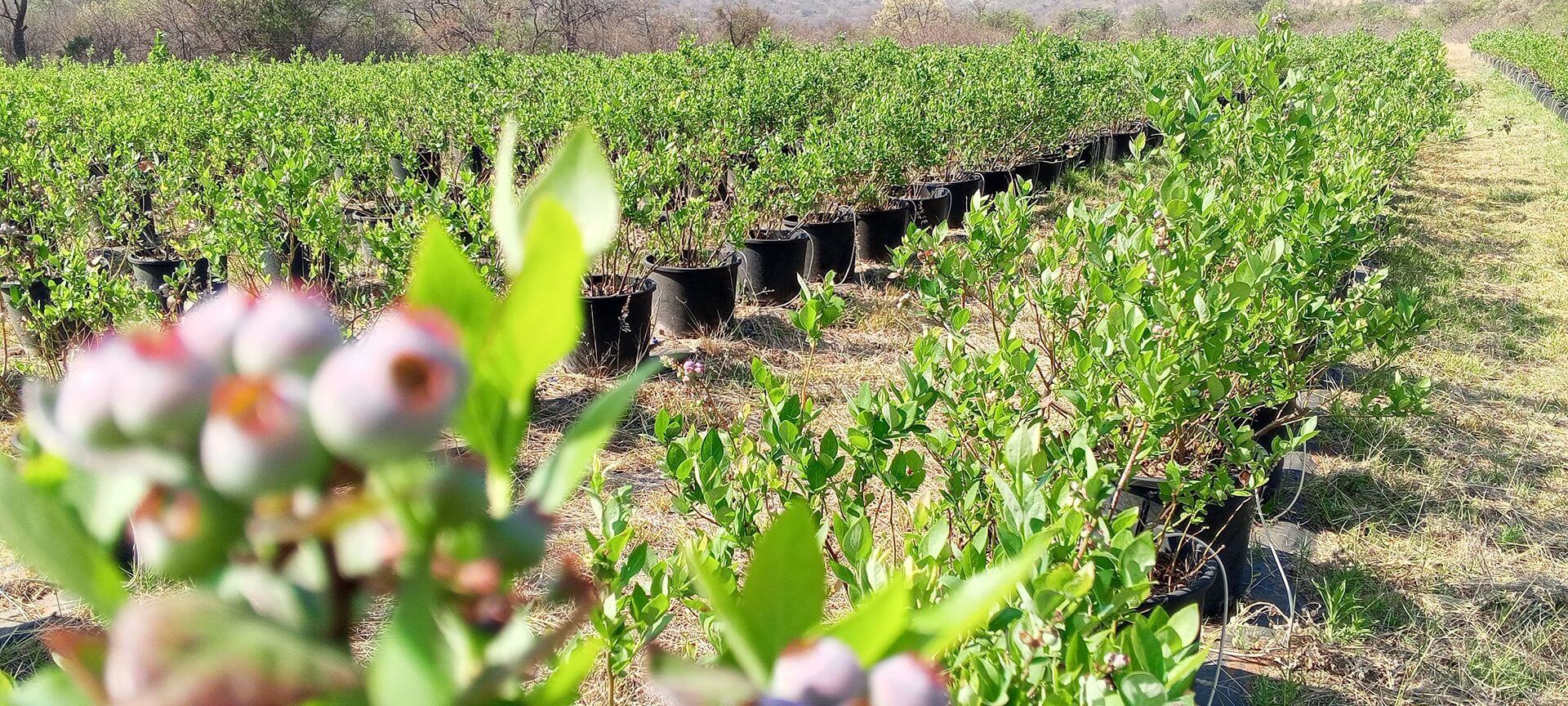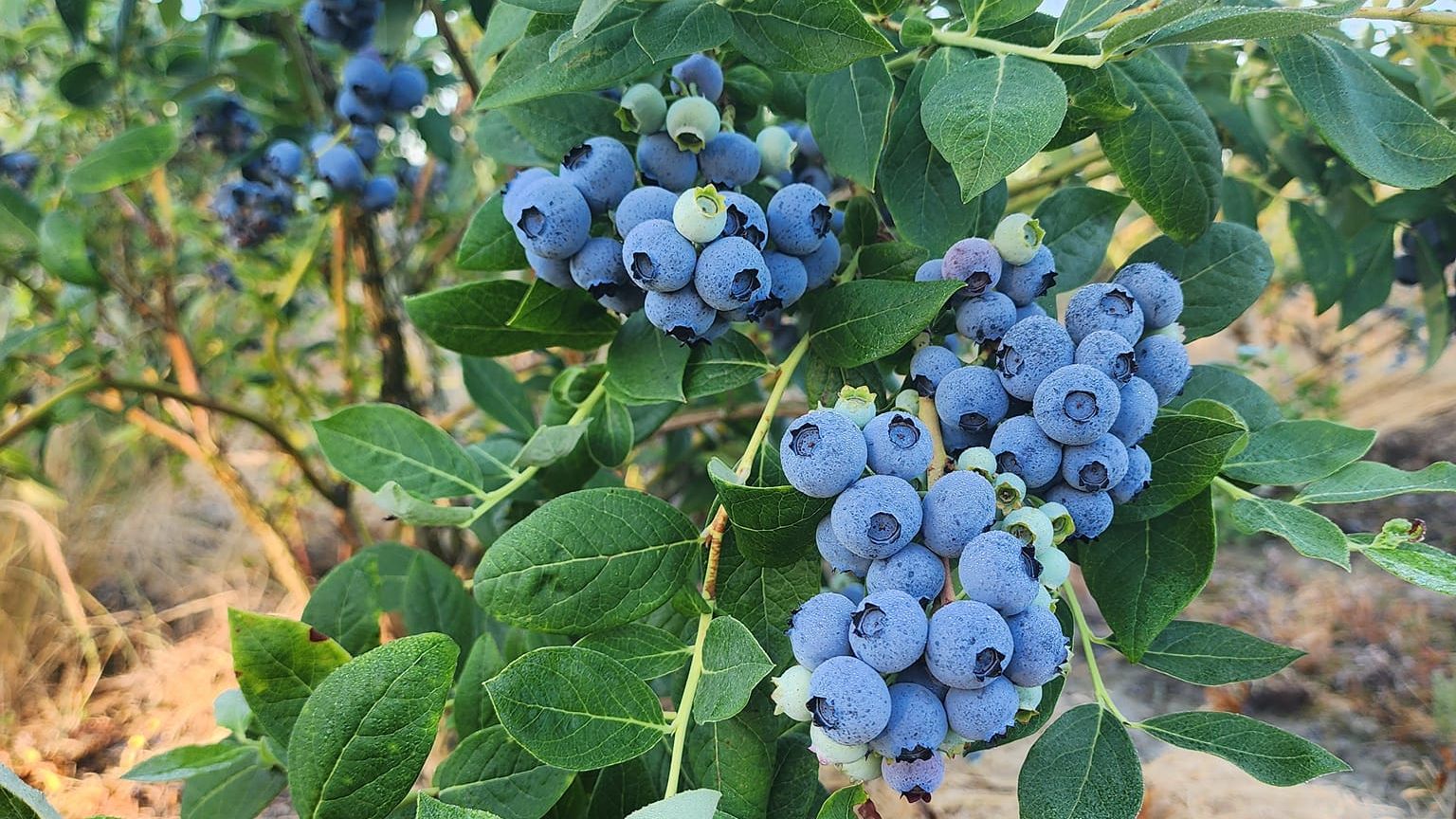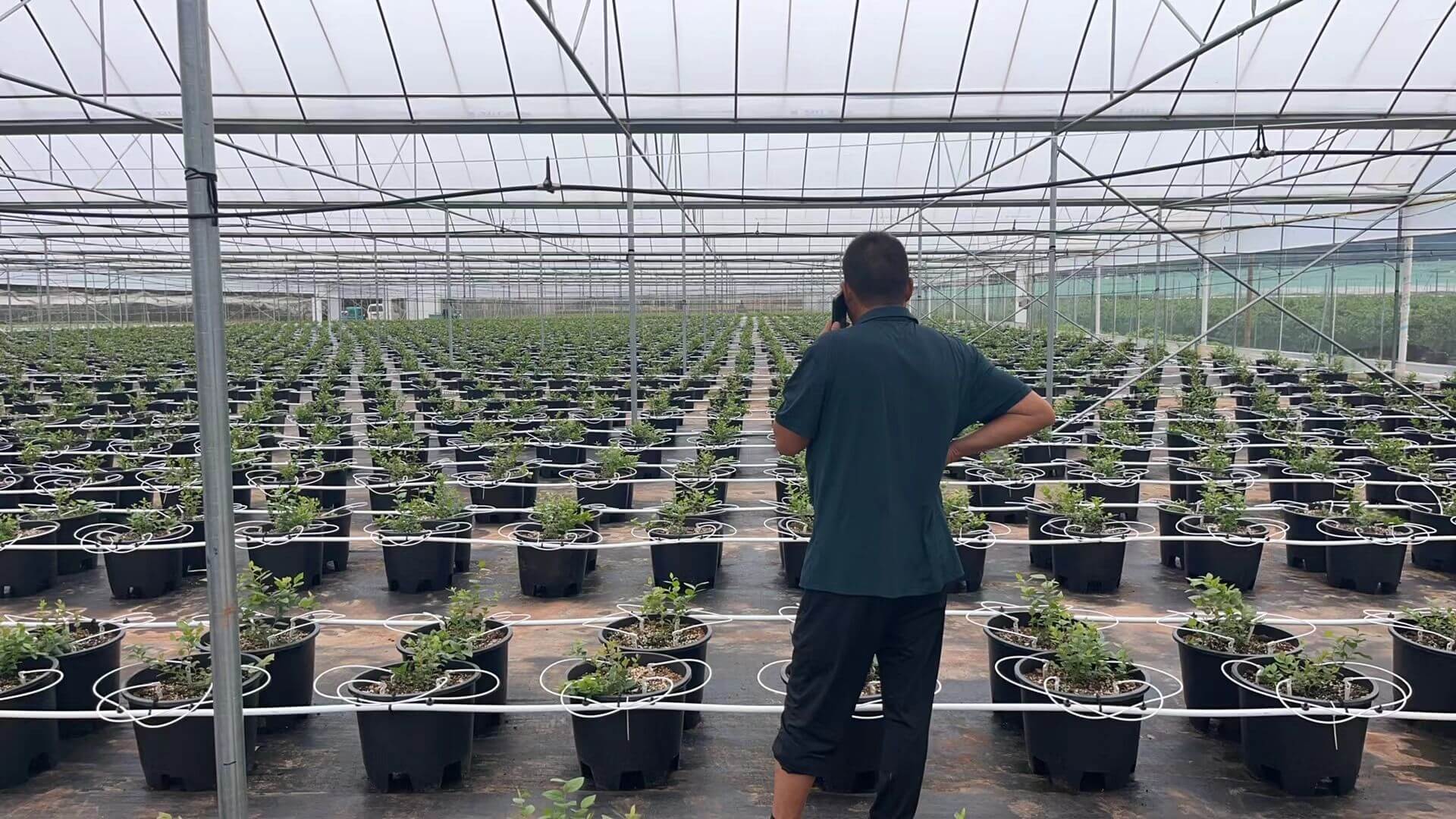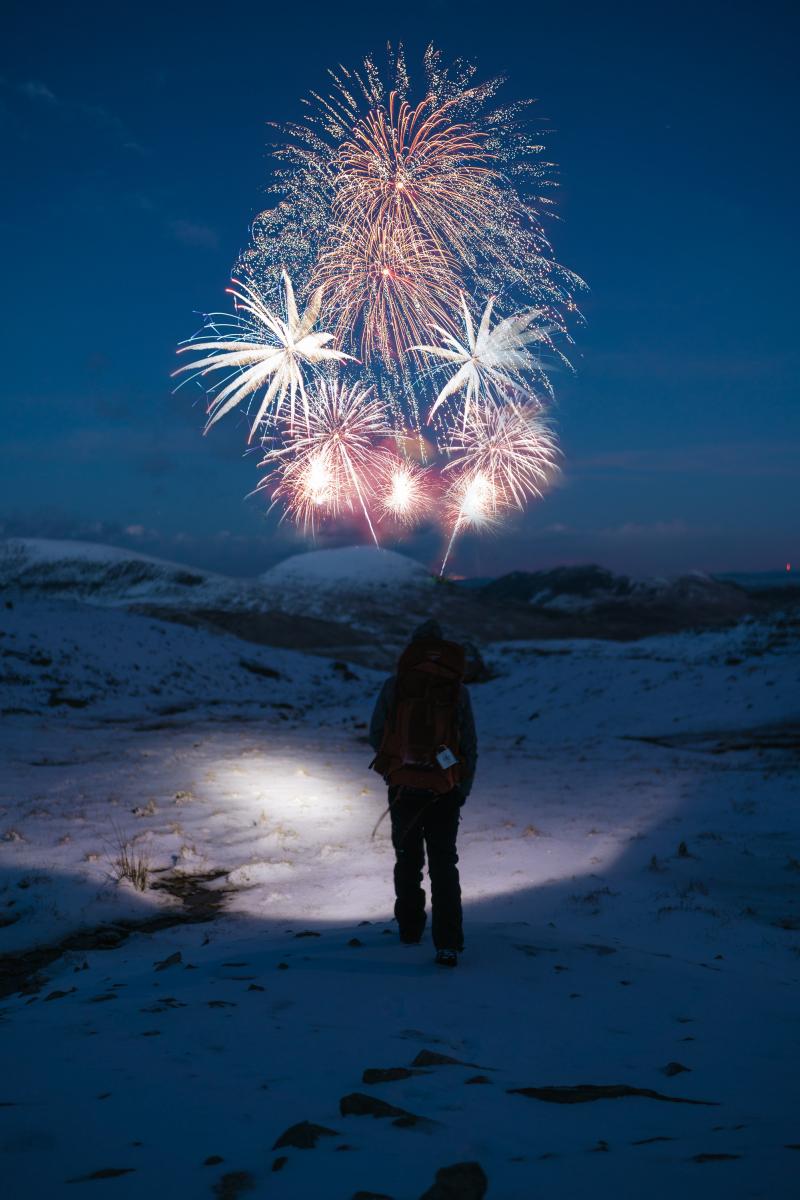The global blueberry industry continues to show resilience and growth, but is also facing several challenges.
Cort Brazelton, speaking at the IBO (International Blueberry Organisation) meeting held at Fruit Attraction 2024 in Madrid, provided some insights into the key trends that will shape the future of the industry, especially in the face of climate volatility, growing demand and market segmentation.
Stable yet growing demand
Global blueberry pricing is currently supported by increasingly inelastic global demand. While production costs—including inputs, capital expenditures, and operational expenses—remain concerns for growers, the rising demand has somewhat offset the impact of recent yield shortfalls.
This trend was particularly evident in 2023, where not all growers with suboptimal harvests saw a significant financial downturn, thanks to higher pricing levels that compensated for the lower supply. However, this situation is not sustainable long-term, as producers must address inefficiencies to meet the increasing demand more consistently.
Climate volatility and growth trends
Climate change and variability are having a marked effect on the blueberry industry, particularly in key growing regions like Peru, where yield reductions have been tied to climatic issues. The increasing unpredictability of weather patterns is expected to continue affecting yield and price dynamics in the coming years.

In response, the industry is pushing for the adoption of more climate-resilient genetics, ensuring that future blueberry crops can withstand environmental stresses. A short-term note about the industry’s future volume shows that while climate variability remains a factor, the eventual arrival of "big crop years" could lead to significant short-term supply surges or shocks.
In 2023 alone, production fell short by 200,000 metric tons, underscoring the ongoing risk of supply imbalances.
Counter-seasonal growth and new supply peaks
Another significant trend is the fast-growing “counter-season” supply. Countries producing blueberries during off-peak times are driving a more consistent year-round supply, which is in turn stabilizing quality and value creation.
With the industry now focusing on more evenly distributed supply, the high-chill summer season is expected to be the new supply gap in volume and quality.

Capital influences on the industry
Institutional capital is having an increasing impact on the blueberry sector. The infusion of capital is fueling growth, but there are concerns that this could exacerbate supply imbalances.
Capital investment, while necessary for scaling operations, could also hinder the development of a more consistent, year-round quality standard if not carefully managed.
Industry sentiment: Optimism with challenges
Despite these challenges, the industry sentiment remains generally positive. While there are concerns regarding water access and the early stages of “genetics fatigue” in some areas, most stakeholders report optimism for the future.
The 2023 growing season was less fruitful for some growers, but the high prices helped mitigate the financial strain. Net Promoter Score (NPS) for the blueberry industry remains strong, indicating a positive outlook among key stakeholders.
Market segmentation: Premium varieties gaining traction
One of the key market trends is increasing segmentation, particularly with branded and premium varieties capturing a significant share over standard blueberries. The rise of premium blueberries is driven by consumer demand for quality; especially around specific occasions with Europe leading the trend.

Consumers are increasingly willing to pay a premium for branded blueberries that offer superior taste and quality.
Mechanization and globalization
Mechanization of blueberry harvesting remains a critical goal, although current technology has yet to produce competitive quality compared to manual harvesting. As the industry matures globally, production and consumption are becoming more geographically dispersed, increasing the complexity of supply chains.
The fresh blueberry sector continues to expand its consumer base, but the processed blueberry market is experiencing growing pains. Inconsistent supply and a somewhat disorganized market have been limiting its potential.
Additionally, intellectual property (IP) issues surrounding blueberry genetics are becoming more prevalent, with growing concerns over IP infringement in key regions. Breeders are responding by ramping up legal actions to protect their innovations.

The road ahead: Scale and integration
Looking forward, the scale and integration of the blueberry value chain will be essential for the industry's long-term competitiveness. As the global blueberry sector continues to evolve, stakeholders must prioritize efficiency, quality, and consistency in order to remain economically viable in an increasingly competitive global market.










